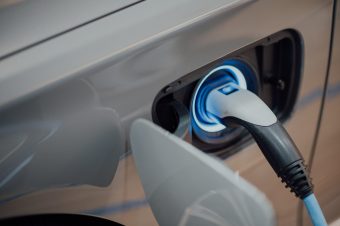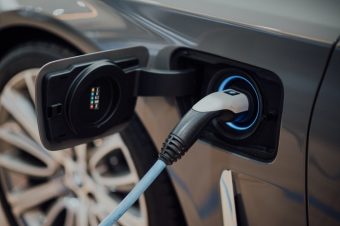
As Japan aims to become climate-neutral by 2050, the country’s transport sector should undergo major changes to achieve the goal. A few years ago, Japan set an ambitious goal to eliminate the sales of diesel and petrol cars by 2035, the same as the European Union. It remains to be seen whether such a goal can change the climate situation in the country.
Japan’s economy relies heavily on the automotive industry and Japan is one of the leading countries in this field. However, it should be noted that the situation is much better when it comes to hybrid vehicles in comparison to electric vehicles.
Some time ago, electric cars in this country outnumbered the number of available charging stations. Due to subsidies, in the middle of the last decade, the number of chargers went up, but a few years ago, they also started to shut down. The service life of public chargers is between 5 and 10 years and as they developed too quickly following the production of e-vehicles, at one point they either became part of the outdated infrastructure or were shut down because they were unprofitable, depending on which part of the country we are talking about.
More:
- FROM POLLUTER TO GRID SERVICE PROVIDER: HOW YOUR CAR CAN HELP POWER THE ENERGY TRANSITION
- CHARGING AHEAD: HOW TO UNLOCK THE ELECTRIC VEHICLE REVOLUTION
- ELECTRICITY DEMAND FOR E-VEHICLES WILL GROW RAPIDLY
Back in the day, the local governments recognized the potential of electrifying traffic relatively early and encouraged the installation of charging stations, as they were quite optimistic with their predictions. However, it took drivers a longer time to start using e-vehicles.

It is interesting to note that today the situation is the opposite – there is a lack of chargers compared to the number of electric vehicles. Chargers are not readily available, their power is inadequate and there is an insufficient number of charging points. Appropriate infrastructure is an important factor when deciding to buy an electric vehicle.
To rectify this, Japan revised its original goal of 150,000 chargers, doubling it to 300,000 by the end of this decade. Japan has a population of over 125 million and the country has set a goal of having 400,000 chargers available by 2030.
However, even if all citizens were to switch to electric vehicles, there is still uncertainty whether that would solve the pollution issue given that Japan relies mostly on fossil fuels for functioning.
Milica Vučković



